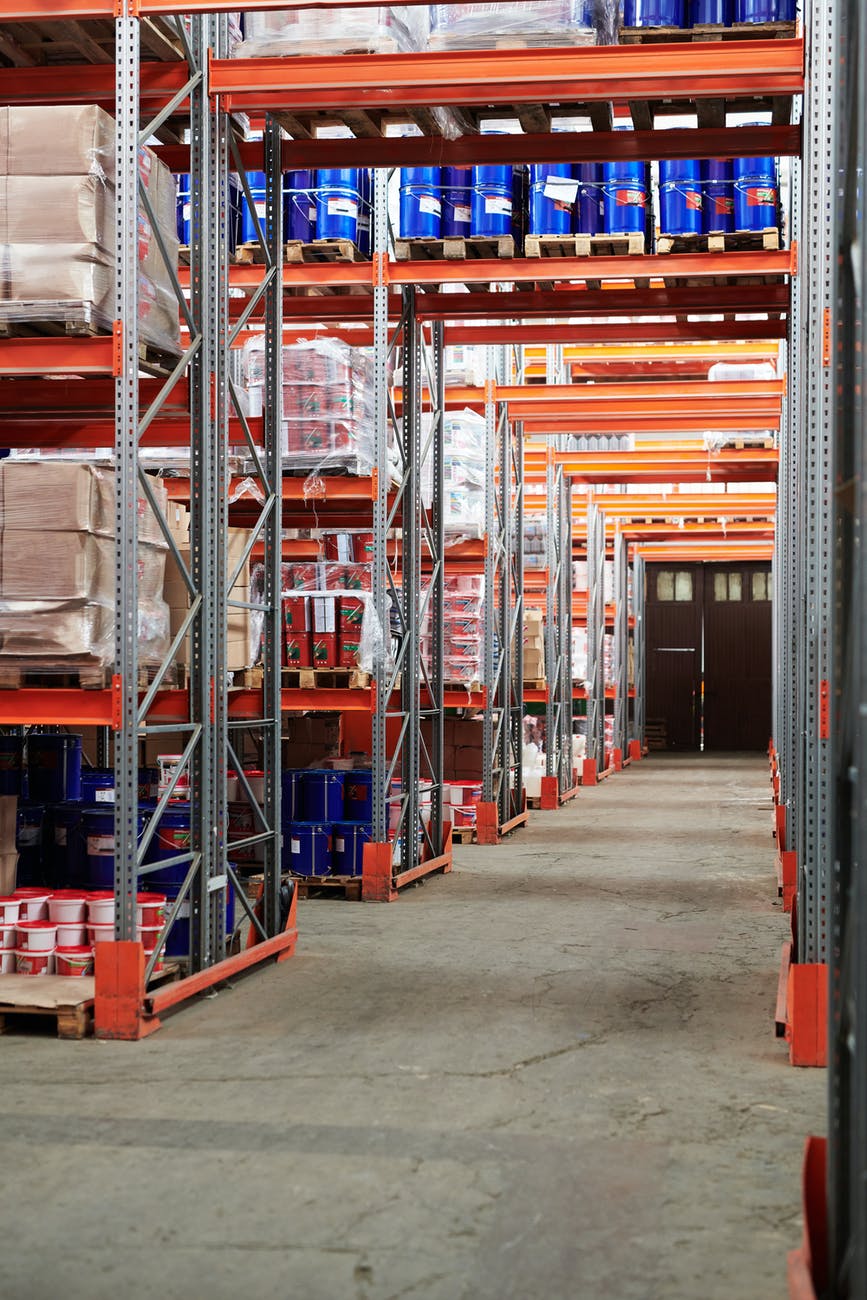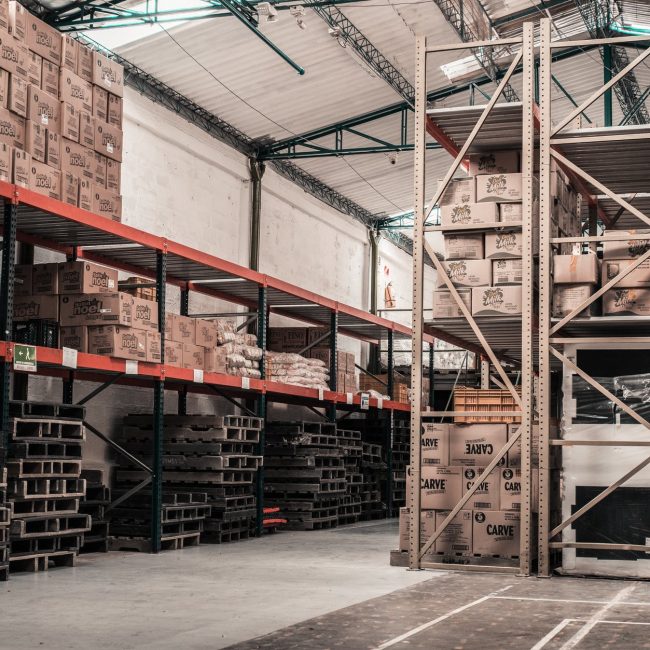The pharmaceutical industry, like all fulfillment and distribution companies, right now is facing a variety of new challenges. The sector is not only being sought out by the global community to help eradicate a pandemic but also the way it delivers drugs to patients in need is changing.
The industry is also dealing with changing customer preferences and new regulations. These trends are not only impacting pharmaceutical manufacturers, but also the way that the three largest medical distribution companies (AmerisourceBergen [ABC], Cardinal Health, and McKesson), run their supply chains.
Pharmaceutical companies are also being forced to rethink their distribution processes and invest in automation to address the labor shortage. “Everyone wants to reduce their dependence on labor, pharmaceuticals included,” states Daniel Johnson an account executive at Fortna.
This trend is evident across the board, and 2020 will only make it more apparent. Johnson states that companies want to automate pallet handling and case handling. They are increasingly turning to automated storage and retrieval (AS/RS), automated guided vehicles (AGVs), as well as goods-to-person technologies to achieve these goals.
Johnson states that there has been a diversification of processes within MHRA approved warehousing UK and DC. This is where the transition from online ordering is affecting how manufacturers and distributors get their products out to consumers. Some manufacturers are considering how to take over distribution processes previously handled by wholesale distributors and pharmacies.
Johnson says that they are looking to get some of the business back. Johnson also stated that Johnson is working to increase customer value as the market tightens and more competition emerges. Amazon.
Accepting e-commerce
One of the most significant shifts in pharmaceutical distribution is that consumers are increasingly buying OTC products online that are not controlled. This trend started before Covid, but the pandemic has refueled that engine. Now it is up to the pharma distributors and manufacturers to meet the new demand. Adam Brown, Dematic’s global market development director, says that the pharmaceutical industry embraces e-commerce for non-controlled drugs. This means that around 80% of drugs used in daily life can now be ordered online.
To accommodate the increase in online purchases of over-the-counter medications, more companies use central fill solutions that harness automation and robotics for dispensing, counting, and filling the medication automatically.
To accommodate this shift, more companies are using central fill solutions that leverage automation and robotics for the counting, filling, and dispensing of medications automatically. McKesson’s Central Fill as a Service (CFS), for example, allows retail pharmacies to use central fill without investment in equipment, inventory, or staffing (other than a pharmacist). Pharmacies that use central fill get increased efficiencies, reduced costs, and more time to focus on patient care.
These operations are then redirected back to the DC or warehouse. New automation and robotics solutions can be used to manage this non-traditional fulfillment method. The one system remains focused on traditional fulfillment, while the other focuses on individual patient scripts.
These solutions are usually located in separate buildings, much like when companies used two different systems to manage their online and offline sales channels.
Another change is that more pharmacies now fill 90-day supplies instead of 30-day supplies. This change was mostly initiated by the pandemic. However, once it happened, companies realized that larger supply allocations improved the efficiency of central fill operations. They no longer needed to refill maintenance medications every 30 days.
Brown says that central fill relieves the pressure on regional pharmacists to fulfill, especially for maintenance drug refills. This allows pharmacists to spend more time with patients and frees up physical space. Brown says that pharmacists cannot manage these activities if they are occupied with filling prescriptions.

DSCSA ambiguity: Struggling
The Drug Supply Chain Security Act will be fully in force in 2023. Pharmaceutical companies are now considering how this new law might impact fulfillment, regulatory compliance, as well as the software/hardware that they’ll use for managing both.
Part of the Drug Quality and Security Act, (DQSA) was enacted in 2013 and outlines the steps for building an interoperable electronic system to trace and identify prescription drugs distributed in the United States.
Companies are still exploring DSCSA, for the most part. Brown says that while everyone is aware of it, few organizations other than the three major pharma distributors are preparing to comply with it. “They have not addressed the operational challenge of tracking every item in their supply chains,” Brown says.
Brown says that this inertia has caused some tension and stress in the pharmaceutical market, as companies attempt to find solutions. The FDA is partly responsible for some of this hesitancy. They are allowing the market to decide the best approach, while the European Union has established the rules early in the process.
Brown says that while everyone wants to see things improve, the biggest problem with the DSCSA is the lack of clear guidelines or a unified approach. Companies are now struggling with this ambiguity. They don’t want to spend money unnecessarily, even though their margins are already thin.
Reduced scan and pick time
Some pharmaceutical distributors and manufacturers may have to change how they collect, capture, and use supply chain data as part of the DSCSA compliance requirements. Brown says that more companies are using 2D serialized bars codes to capture data in the U.S. where DSCSA is applied. These serial numbers must be recorded upon receipt, i.e. as products enter DC. Some companies capture this data at the pick level. As the DSCSA 2023 deadline draws near, others are still formulating their strategies.
Additional data collection could increase the time taken for pharma picking and fulfillment. This is something that companies don’t want to have to do in today’s fast-paced distribution world. It may take up to 2 minutes to select a 3-piece order and confirm it, but scanning 3 individual items can add 1 to 2 additional seconds.
Brown states that “capturing this additional data could lead to a significant labor cost increase in the areas of the [building] where it is being captured.” He says that automated sortation systems and cameras can be used by the same company to capture bar codes based on packaged goods at extremely high rates. This can reduce the labor required to pick and capture serial numbers.
It can be difficult to find use cases
Pre-Covid: Bill Leber is the director of business development at Swisslog Healthcare/Pharma. He says that pharmaceutical companies invested in automation were primarily focused on maximizing their return on investment.
Leber says, “Everyone was trying to figure out how to turn more inventory over and get more throughput from their automation.” Leber says, “All that was being done has gone out of the window, especially for pharma.” Many companies now invest in warehousing and are moving away from third-party logistics providers (3PLs). This is driving more investment into fully automated operations, rather than the one-off approach some organizations took pre-pandemic (e.g. adding automation here or there to solve particular problems in the warehouse/DC).

When making those sweeping investments in automation, pharmaceutical companies want proven, risk-free solutions. When talking to those organizations about goods-to-person and other automated options, for instance, Leber is often asked, “That’s great, but where can we use this outside of just a proposal, demo, or simulation?”
Working in an industry that fiercely protects its privacy, and that still limits in-person contact due to Covid–pharma firms are often hard-pressed for use cases to borrow or model from.
Leber says that although there have been a few ‘quiet visits’ that some of our top pharma customers allowed, others that had previously been willing to show off their automation aren’t allowing anyone in. We hope that these restrictions will decrease in the coming months.
Please visit our top-notch systems.
Leber predicts that pharmaceutical companies and distributors will adopt software that is validated. This means that they can use documented evidence to prove that systems were properly installed, comply with specifications such as good manufacturing practice codes (GMP) and that users have their needs met. Leber says that companies want a single solution that can handle all aspects of their operations and not individual solutions that only address one aspect of the pharma distribution chain.
Pharma companies are following a wider trend when making investments in automation. They give logistics and supply chains a greater say in these investments. Leber says that logistics used to be at bottom of the pyramid for corporate capital, as their investments did not necessarily increase the top line. “Now, companies are more aware that poor systems can have a significant impact on the bottom line.”









